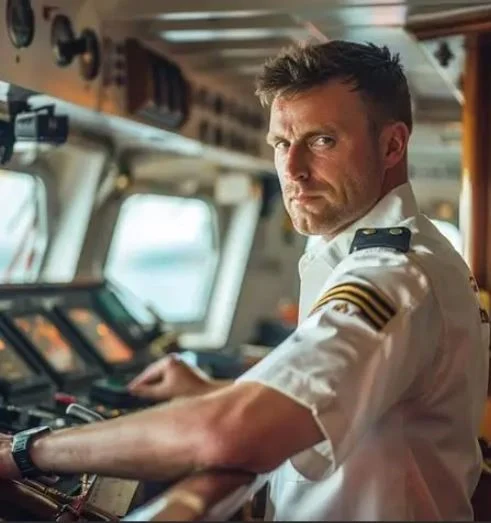When you join a ship, especially as a cadet or junior officer, one of the first things you must read and understand is the Master’s Standing Orders. But what are these? Why are they so important? And how can they affect your watchkeeping duties?
Let’s understand in very simple language.
What are Master’s Standing Orders?
These are a set of written instructions prepared and signed by the Master (Captain) of the vessel. They are mostly found in a book or folder on the bridge, and every navigating officer – especially OOW (Officer of the Watch) – must read and sign them.
Think of it like the Captain’s personal instructions on how to run the ship safely especially during your watch.
Why Are They Important?
Because every Master is different, and each one may have different expectations regarding:
Calling the Master during certain situations
Action to take in bad weather
Speed reduction rules
Safety margins for CPA, TCPA, or squat
Use of autopilot and hand steering
Night navigation protocols
Use of ECDIS or paper charts
If you don’t follow these orders and something goes wrong, you will be held accountable, especially during investigations.
What You Will Usually Find in Standing Orders?
Here are some common items included:
When to Call the Master
Reduced visibility (fog, heavy rain)
CPA less than 1 NM
Any risk of collision or close-quarter situation
Traffic separation zones
Approaching land, pilot stations, or shallow waters
Malfunction of navigational equipment
Speed Control & Weather
Speed limits in certain areas
Instructions during heavy weather
When to reduce RPM or call the engine room
Navigation Tools & Equipment
Radar plotting frequency
Lookout instructions
Use of echo sounder, ECDIS settings
Safety contour or alarm settings on ECDIS
Watchkeeping Behaviour
No mobile use or sleeping during watch
Filling the bridge logbook and bell book properly
Use of helm orders and communication with engine room
Do You Need to Sign It?
Yes! On day one, before you take over your bridge watch, the Master will ask you to read and sign the Master’s Standing Orders. This confirms that you have understood everything. If something is not clear, ask the Captain immediately.
For Cadets – What Should You Do?
Even though you are not holding a full watch, read and understand the orders carefully. Observe how officers follow them, especially during challenging navigation or port approach. It will help you greatly in your future role.
Also, check if there is a separate Night Order Book – this is filled by the Master daily, for that night’s specific instructions.
Real-Life Example:
One junior officer failed to call the Master during heavy fog with a fishing boat 0.5 NM ahead. The ship passed safely, but the Captain was very upset – as per standing orders, OOW must call him if CPA is less than 1 NM in restricted visibility. That officer got a warning letter.
Lesson? Always follow the standing orders seriously. They protect you, the ship, and the crew.
Summary – Quick Tips:
Read and sign the Master’s Standing Orders on Day 1.
Follow the instructions exactly, especially for calling the Master.
Never assume anything, clarify if in doubt.
Follow both Standing and Night Orders.
Cadets should learn and observe


